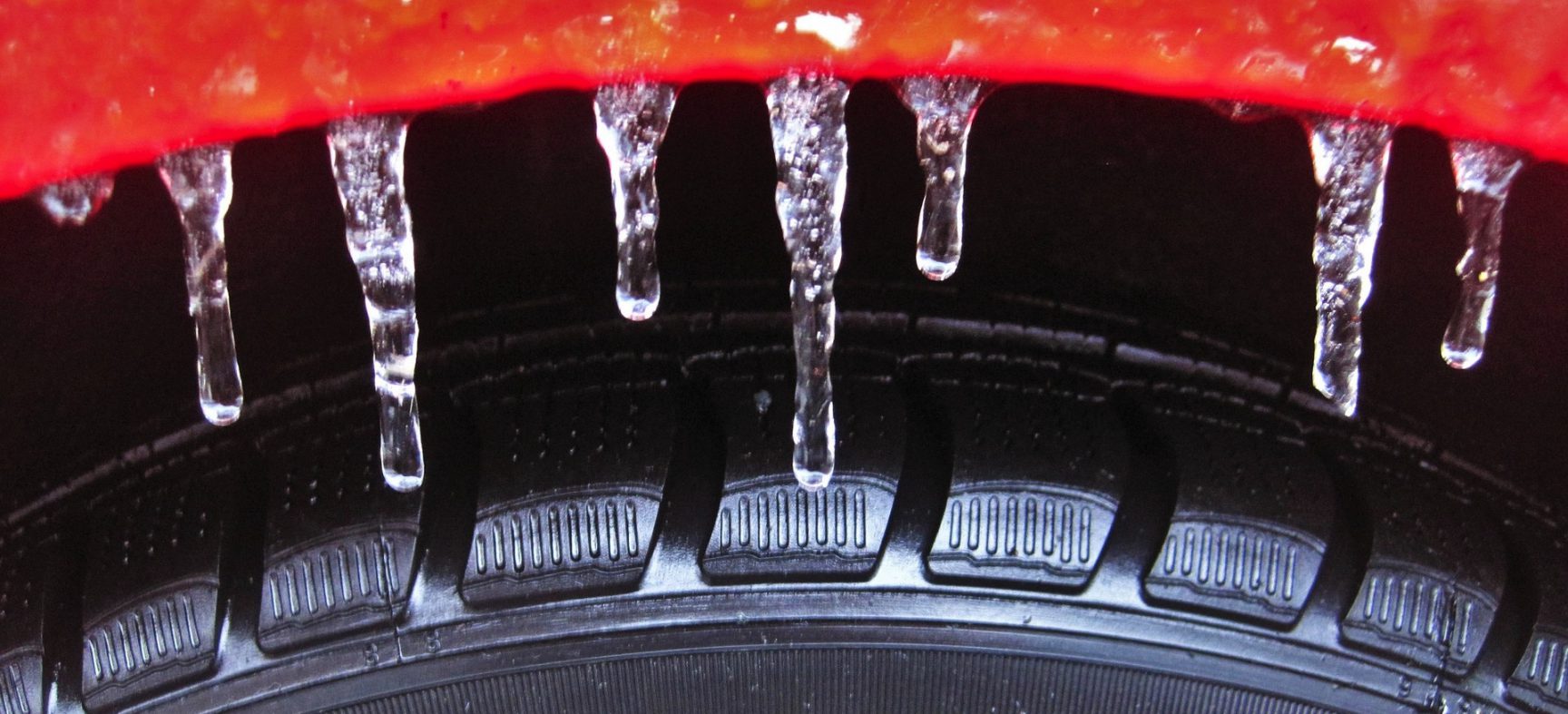Winter is the most dangerous season on the road—even for areas with a milder climate like Dallas-Fort Worth!
With frigid temperatures, freezing rain, sleet, and the occasional snowfall, now is the perfect time to brush up on safe driving for cold weather conditions.
Understanding black ice
When the road is wet and its surface temperature drops below freezing, ice is able to form. And even when it’s no longer freezing cold outside (such as when you’re driving to work in the morning after a frigid night), the ice on the road may still stick around since the ground warms more slowly than the air.
But unlike “regular” ice, black ice doesn’t look like much to the naked eye. It’s a thin layer of ice on the roadway that makes it look like the road is just wet—in fact, it’s usually not even glossy, but has more of a matte appearance.
Always be aware of the possibility of black ice during winter months. If the temperature is below 50 degrees and road conditions are wet, drive more slowly and cautiously than usual—and don’t forget to leave a generous following distance between your car and the one in front of you!
General winter driving safety tips
Here are some helpful tips for driving in cold weather:
–Winterize your car. Ensure your vehicle is prepared for the weather, and bring protection from the elements just in case (heavy blankets, hand-warmers, etc.). Check your tire tread and pressure for optimal safety on slippery roads.
–Keep the gas tank fuller than usual. This will help prevent the gas line from freezing.
–Always bring your cell phone with you. If you’re in an accident, you can call for help without waiting for passersby. Keep in mind that a collision can jostle your phone out of reach, so make sure it’s in a secure location near you.
–Allow extra time to get to your destination. Under poor weather conditions, you’ll have to drive slower than usual and watch for other drivers making unexpected moves (again, increase your following distance!).
–Watch out for shady spots on the road. Shaded areas often form ice faster, and stay icier longer, than other parts of the roadway.
–Avoid braking hard. Slamming on your brakes can cause skids, especially when the road is slippery with rain or ice.







